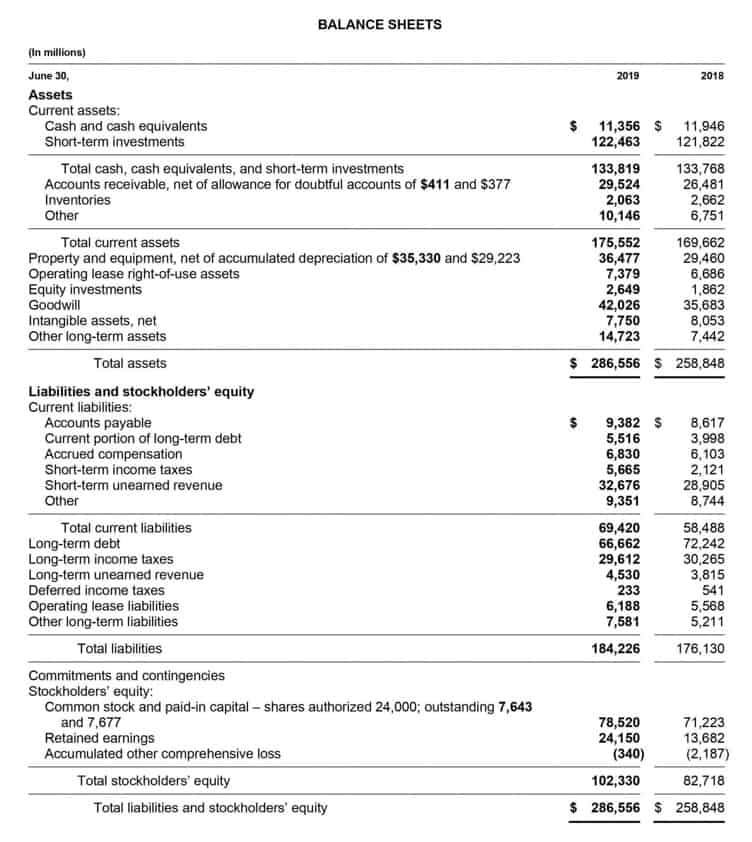
Interest expense is typically found as a separate line item on the income statement or detailed in the financial statement notes. Based on this TIE ratio — hovering near the danger zone — lending to Dill With It would probably not be deemed an acceptable risk for the loan office. Again, there double declining balance depreciation method is always more that goes into a decision like this, but a TIE ratio of 2.5 or lower is generally a cause for concern among creditors. Dill’s founders are still paying off the startup loan they took at opening, which was $1,000,000.
- While it is unnecessary for a corporation to be able to pay its debts more than once, a larger ratio suggests that there is more money available.
- Thus, the ratio is computed on a “cash basis,” which only takes into account how much disposable cash a business has on hand.
- The times interest earned ratio is also referred to as the interest coverage ratio.
- In conclusion, as it is always said, it is vital to understand what you are paying for when you invest.
- The ratio is calculated by dividing a company’s earnings before interest and taxes (EBIT) by its interest expenses.
What’s Considered a Good Times Interest Earned Ratio?
This result can be easily verified by knowing the historical stock price and by using our famous return of your investment calculator. That is why people consider it a reliable company worth having in their retirement investing plan. A TIE of 1.25 is near the minimum acceptable level, indicating potential financial strain.

How to interpret the times interest earned ratio

While it is unnecessary for a corporation to be able to pay its debts more than once, a larger ratio suggests that there is more money available. A higher level of discretionary income indicates that the company is in a better position for growth, as it can invest in new equipment or fund expansions. When the company has money to put back into the business, it’s apparent that it’s doing well. The times interest earned ratio indicates how many times in a year (or other measured period) the amount of interest expense required to be paid is covered by earnings before interest and taxes.
- If any interest or principal payments are not paid on time, the borrower may be in default on the debt.
- Generally, a TIE ratio above 2.5 is considered healthy, signifying that a company’s earnings are sufficient to cover its interest expenses by at least 2.5 times.
- In each industry, the measure of a company’s time interest earned may be higher or lower than the overall 2.5+ statistic for TIE adequacy.
- The Times Interest Earned (Cash Basis) (TIE-CB) ratio is very similar to the Times Interest Earned Ratio.
- The Interest Coverage Ratio of 4 suggests that Company XYZ has a comfortable margin to meet its interest payments.
- The debt service coverage ratio (DSCR) is net operating income divided by debt service, which includes principal and interest.
What is the times interest earned ratio (TIE)?
- However, the company only generates $10 million in EBIT during 2022, and the business pays $4 million in interest expense.
- EBIT indicates the company’s total income before income taxes and interest payments are deducted.
- Rising rates limit profits and hurt a company’s ability to borrow, invest, and hire new employees.
- As a TIE financial ratio example, a company’s TIE ratio is computed as EBIT (earnings before interest and taxes) divided by annual interest expense on debt.
- For businesses and investors, understanding a company’s ability to meet its interest obligations is crucial.
Divide the company’s earnings before interest and taxes (EBIT) by its interest expense to calculate the TIE ratio. This quantitative measure indicates how well a company’s earnings can cover its interest payments. A higher TIE ratio suggests that a company is more capable of meeting its debt obligations, which typically translates to lower credit risk and better borrowing conditions. To better understand the TIE, it’s helpful to look at a times interest earned ratio explanation of what this figure really means. balance sheet You could look at the TIE as a solvency ratio, because it measures how easily a business can fulfil its financial obligations.

It reveals a snapshot of the company’s assets, liabilities, and shareholders’ equity… Efficient management of working capital, which includes managing cash, accounts receivable, and inventory, is essential. Freeing up cash through optimized working capital practices ensures that a business has the liquidity to meet interest payments. Efficient working capital management can be achieved through practices like inventory optimization, timely collections from customers, and smart cash flow planning. It’s worth mentioning that the accuracy of financial data that a company uses to calculate their TIE ratio place a significant role in the correct assessment of their financial position and decision-making. At this point, it can be challenging for businesses, especially those having to deal with times interest earned ratio large volumes of transactions from various sources to account for them correctly.

